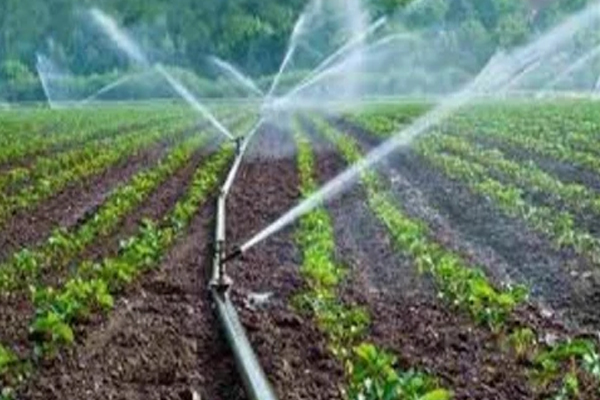Irrigation Systems
An irrigation system is a network of components designed to deliver water to plants, crops, or landscaping in a controlled and efficient manner. Key elements of an irrigation system include:
Water Source: The origin of the water, which can be a natural source like a well or river, or a municipal water supply.
Pump: Used to move water from the source to the distribution system.
Distribution System: Pipes, hoses, or channels that carry water from the source to the areas needing irrigation.
Emitters: Devices that release water at the desired rate. Examples include sprinklers, drip emitters, or soaker hoses.
Controllers/Timers: Devices that automate the irrigation schedule, controlling when and how long the system operates.
Sensors: Optional components that measure soil moisture, weather conditions, or other factors to optimize watering efficiency.
Irrigation systems are crucial for providing consistent and controlled water supply to plants, ensuring proper growth and yield while conserving water resources. They are widely used in agriculture, landscaping, and residential gardening.

